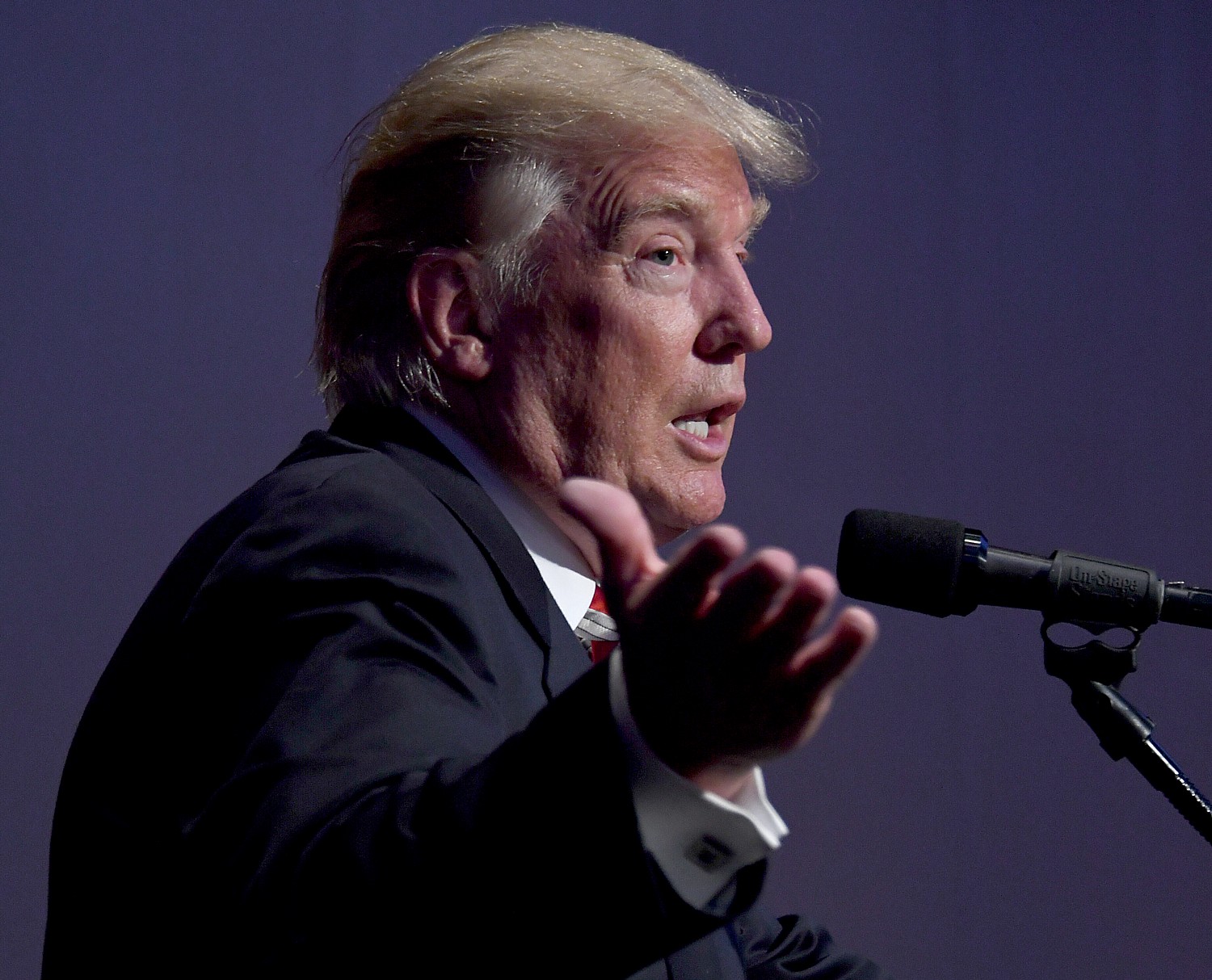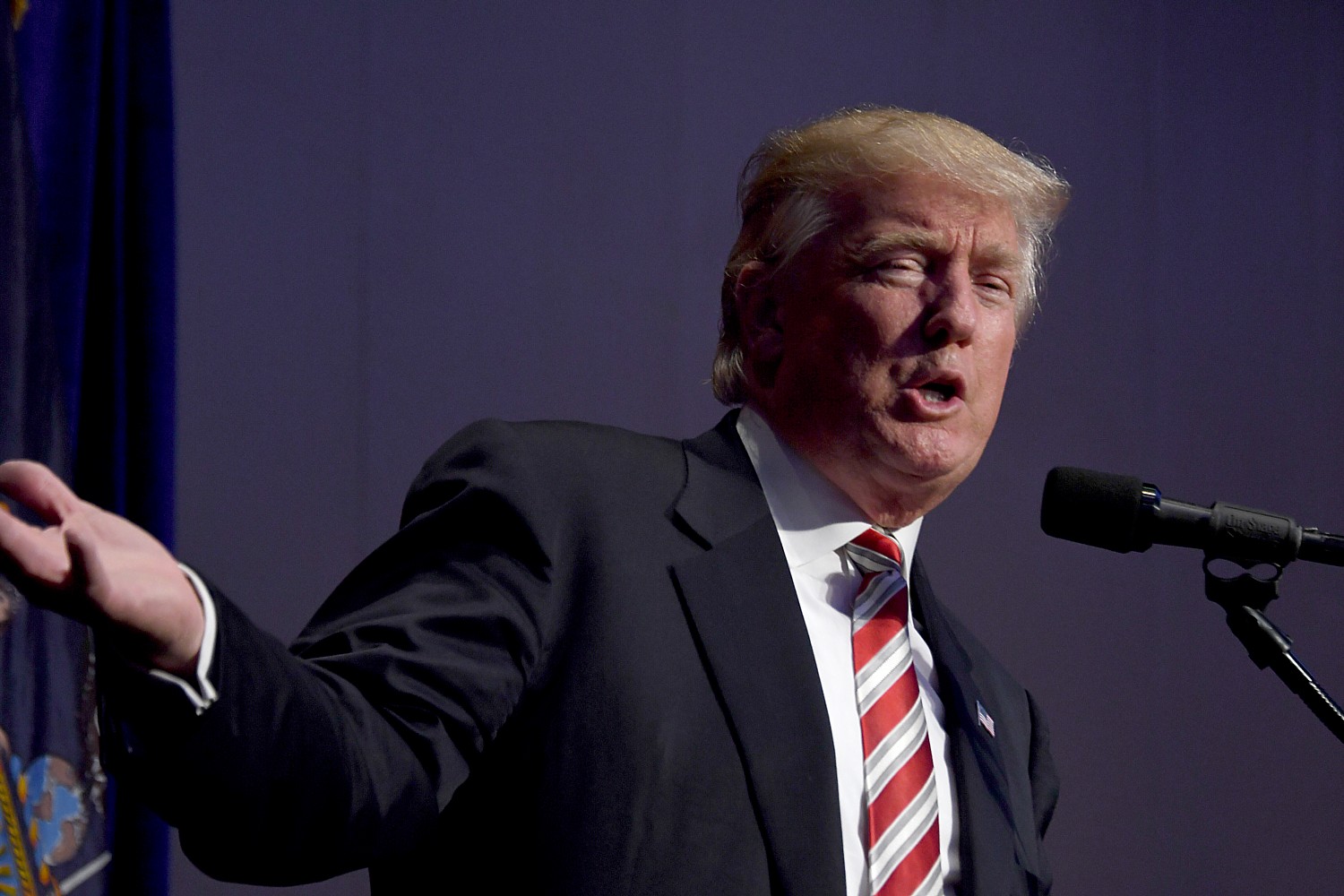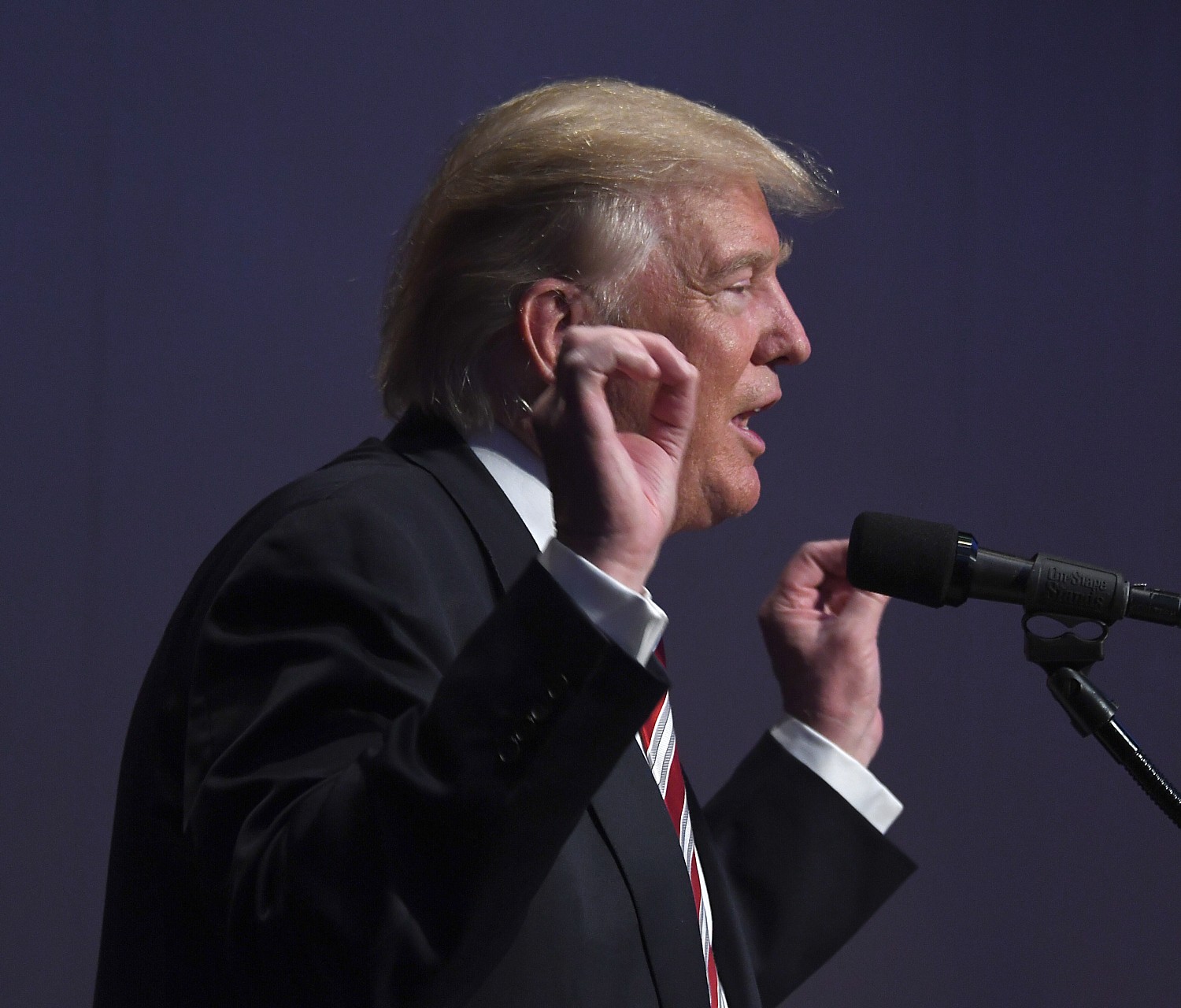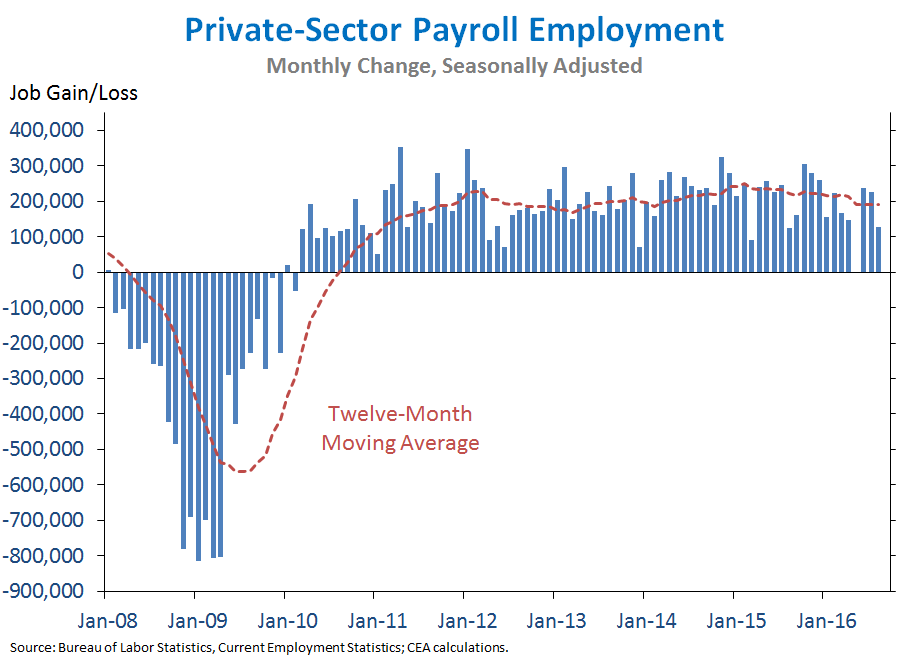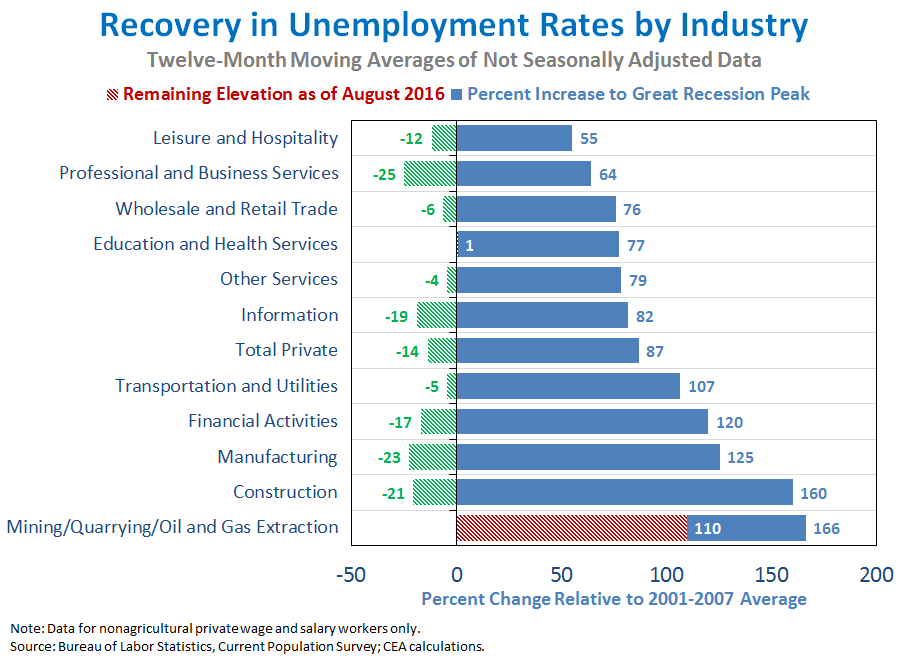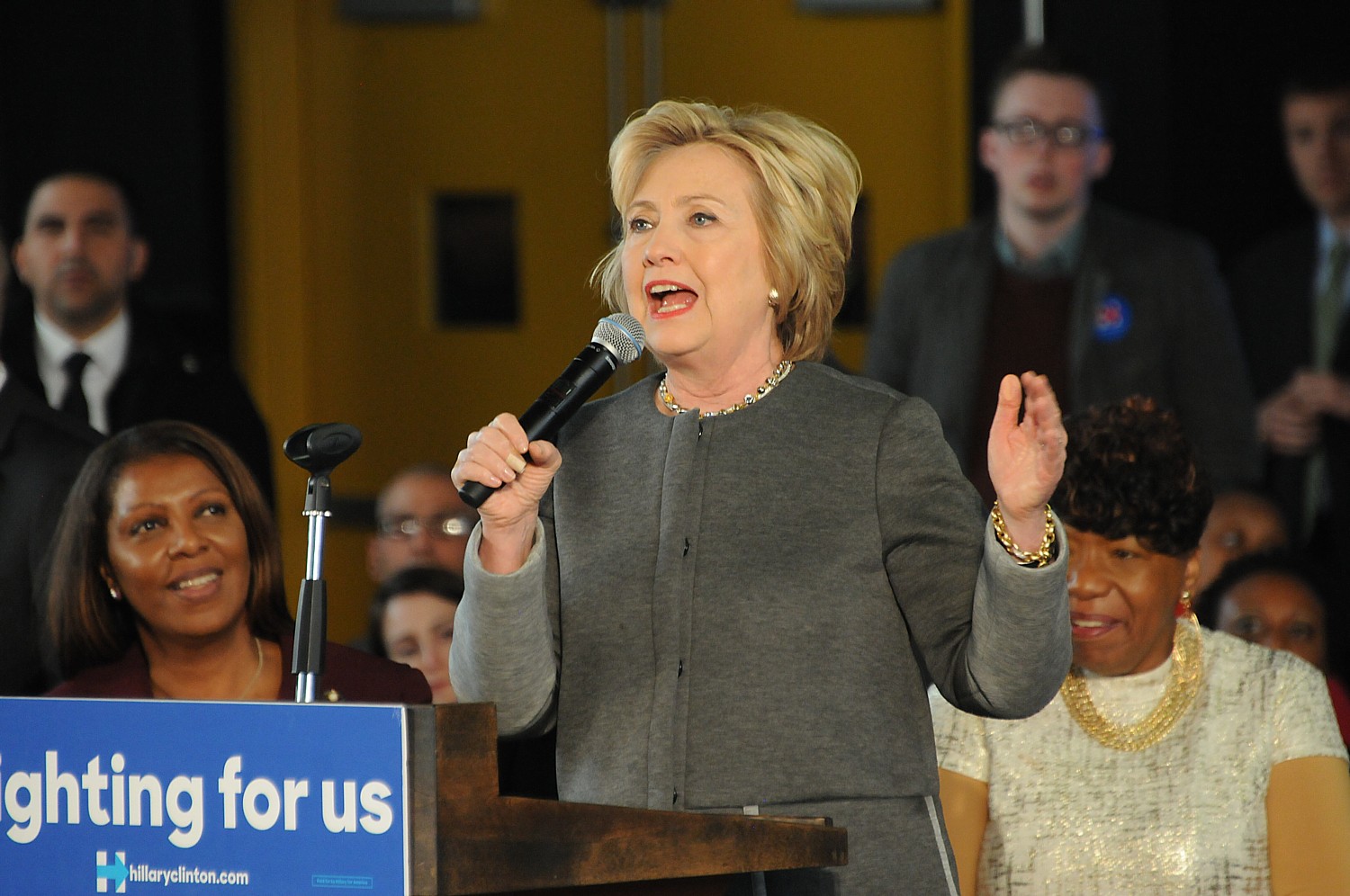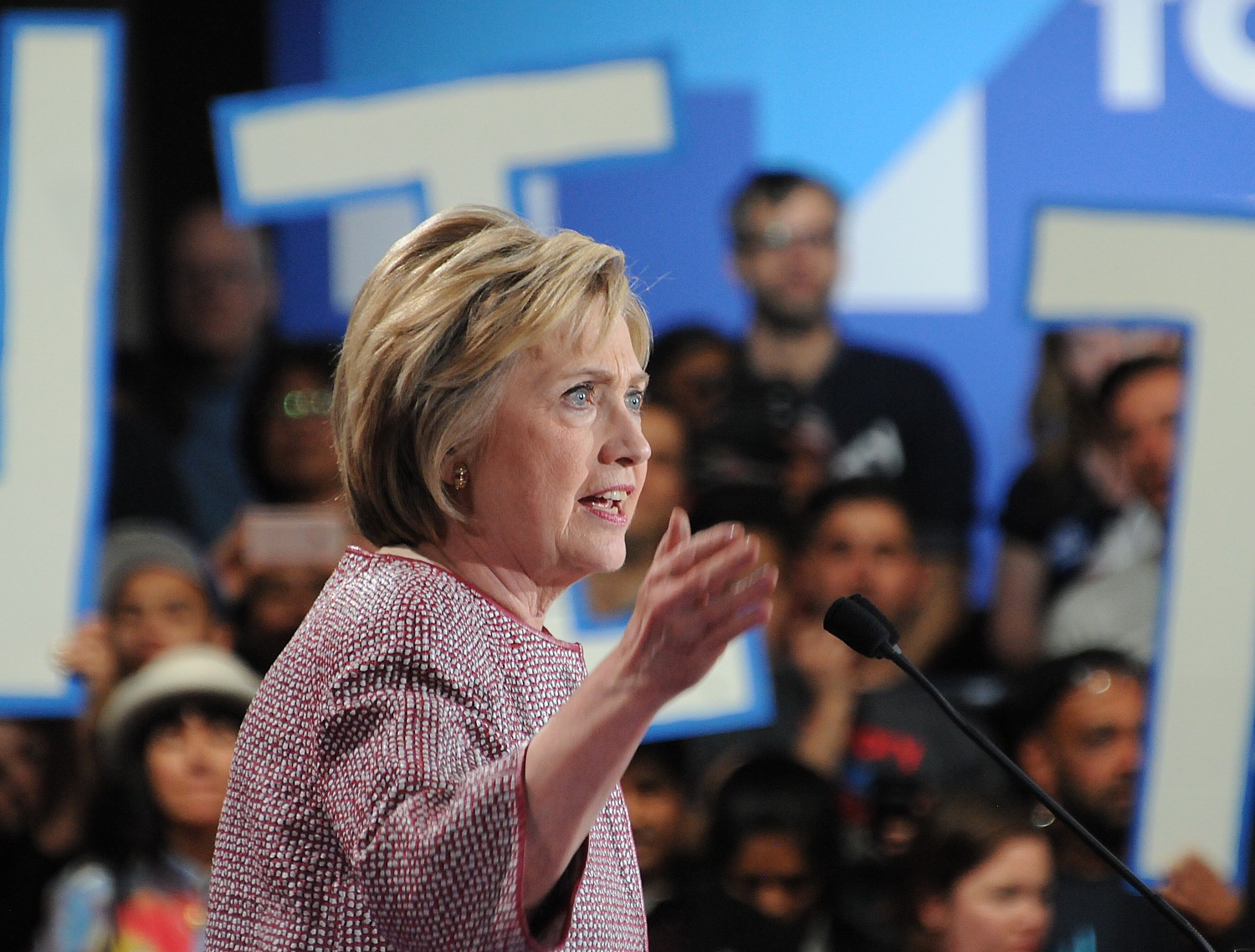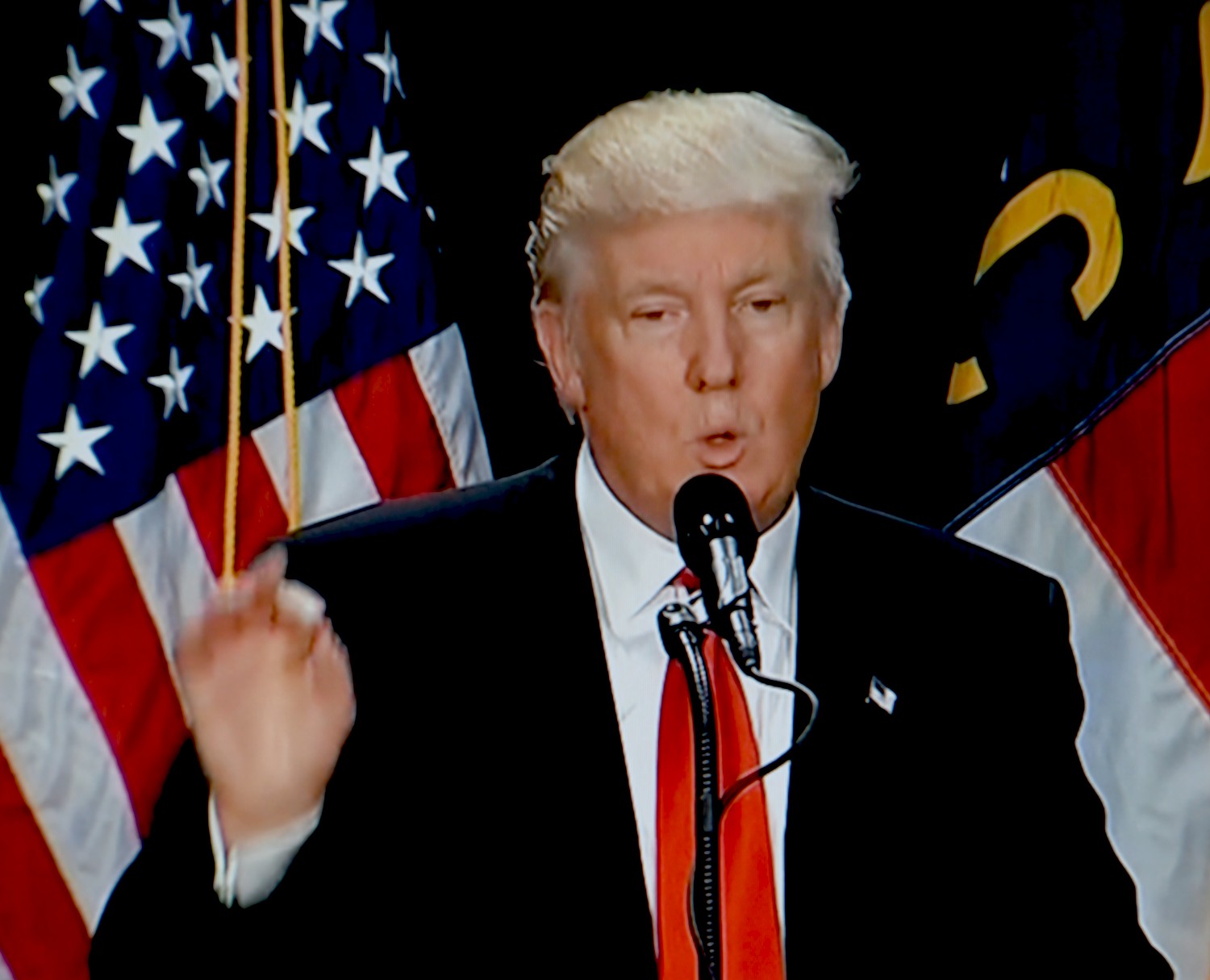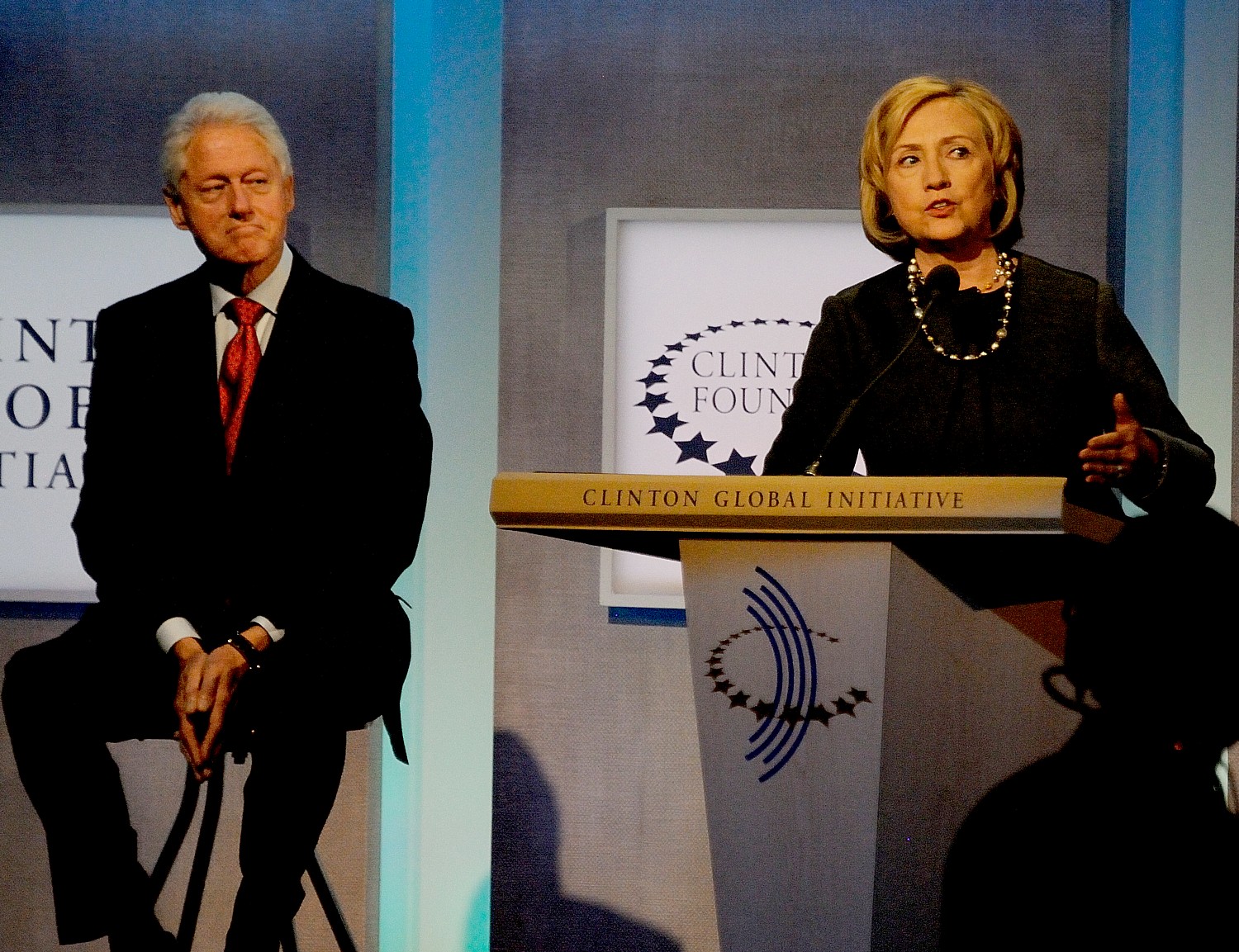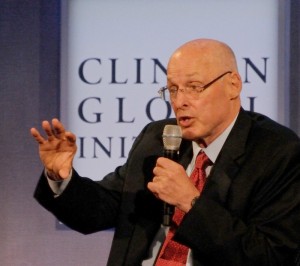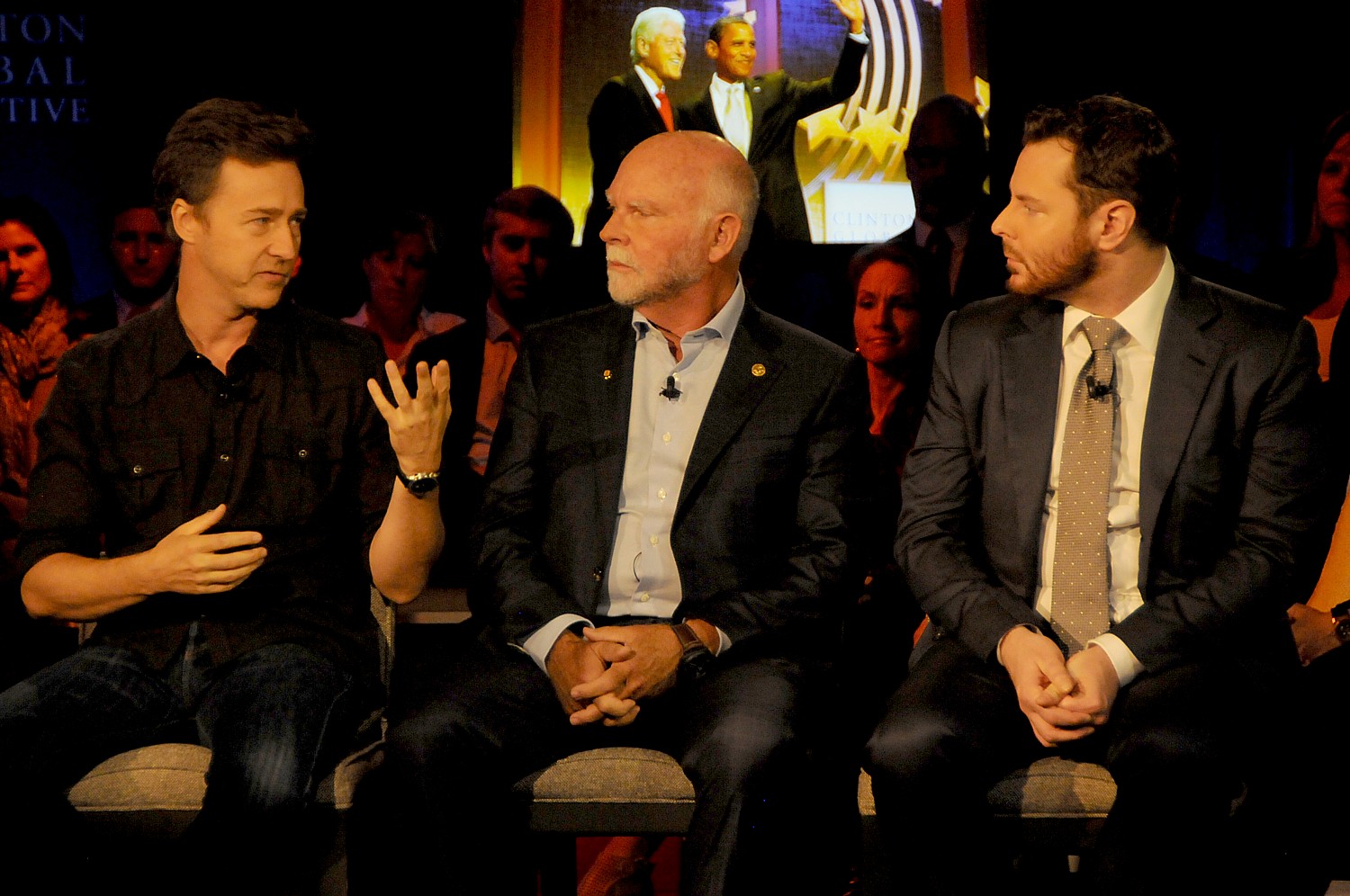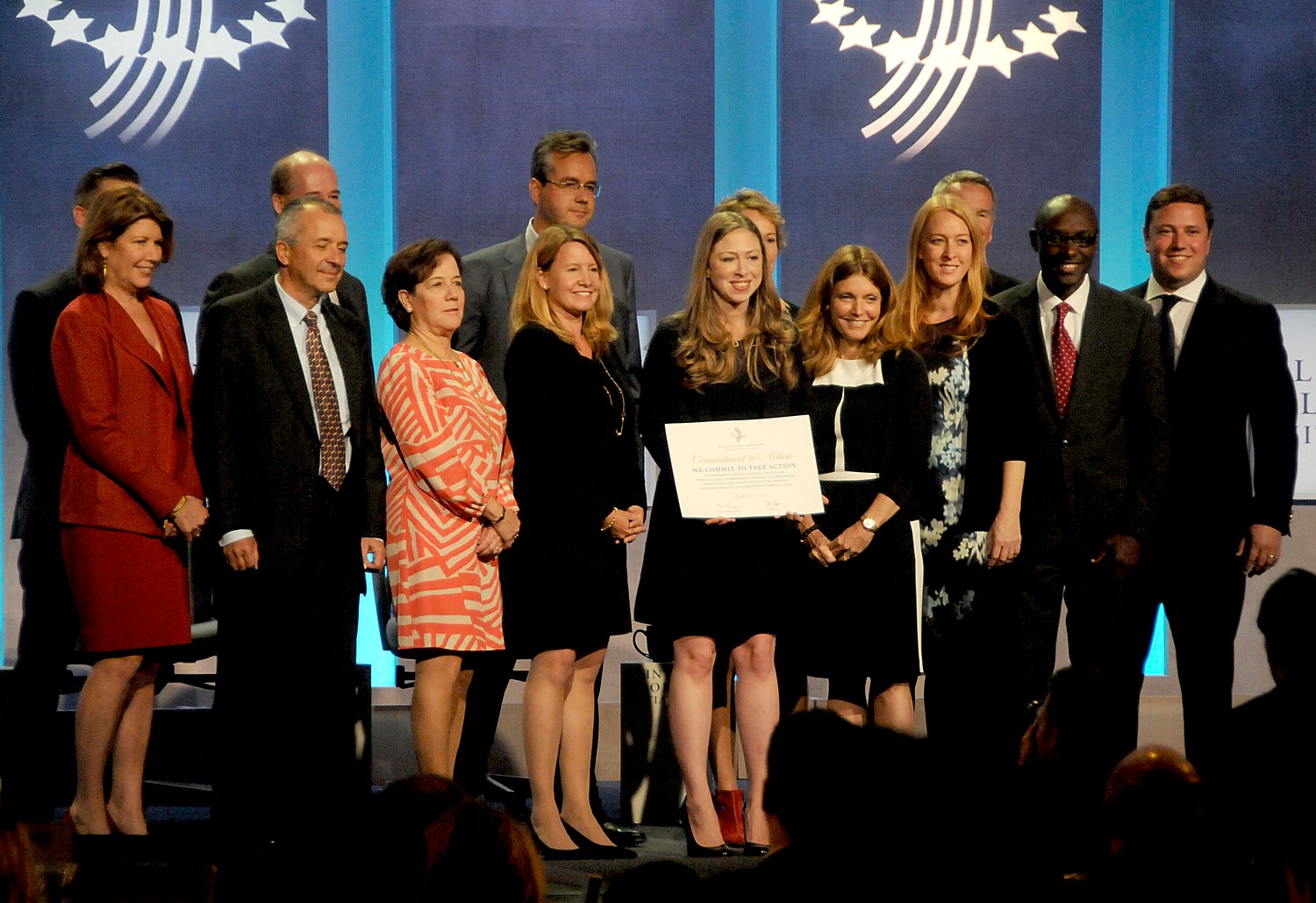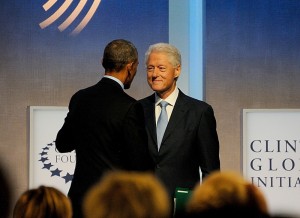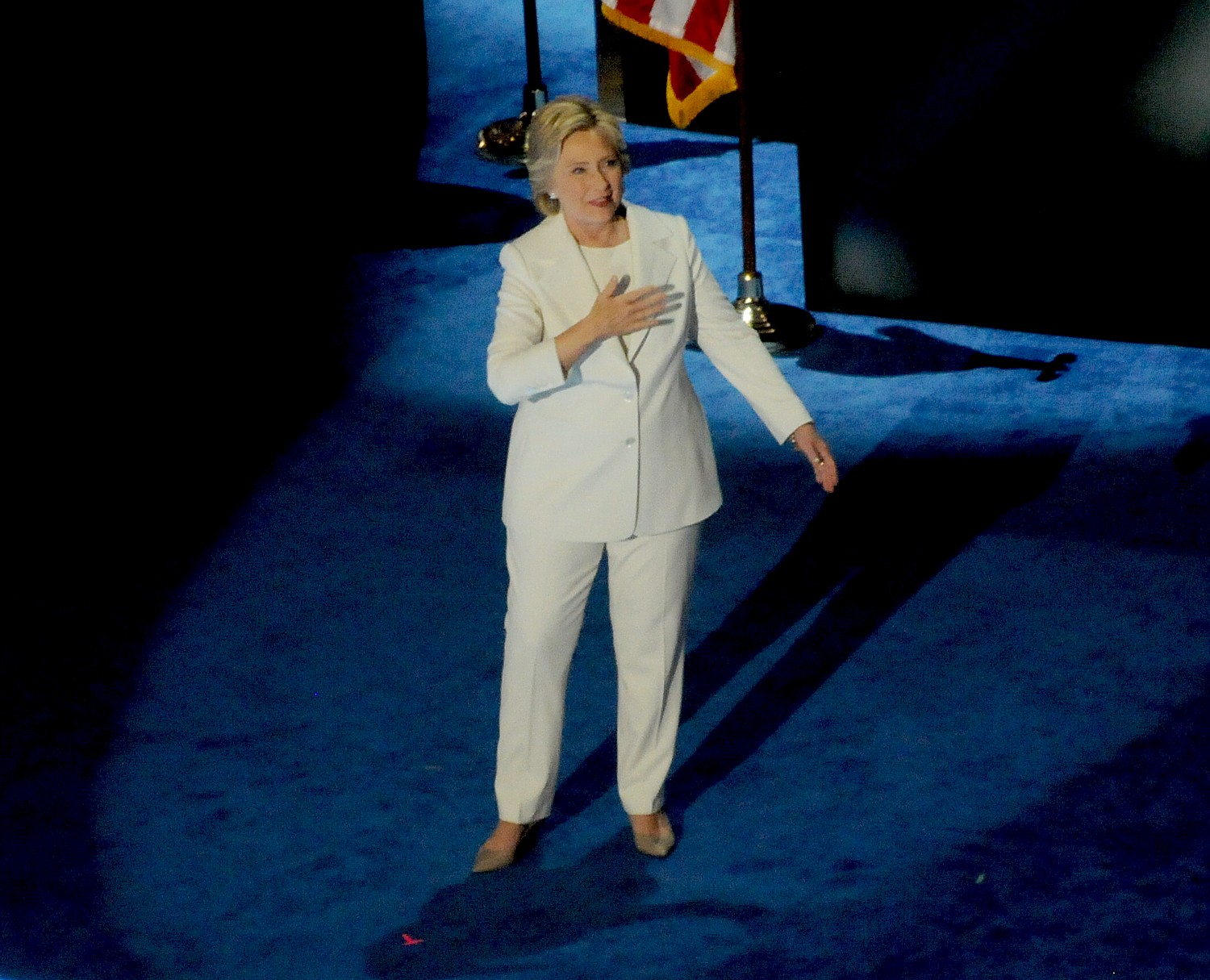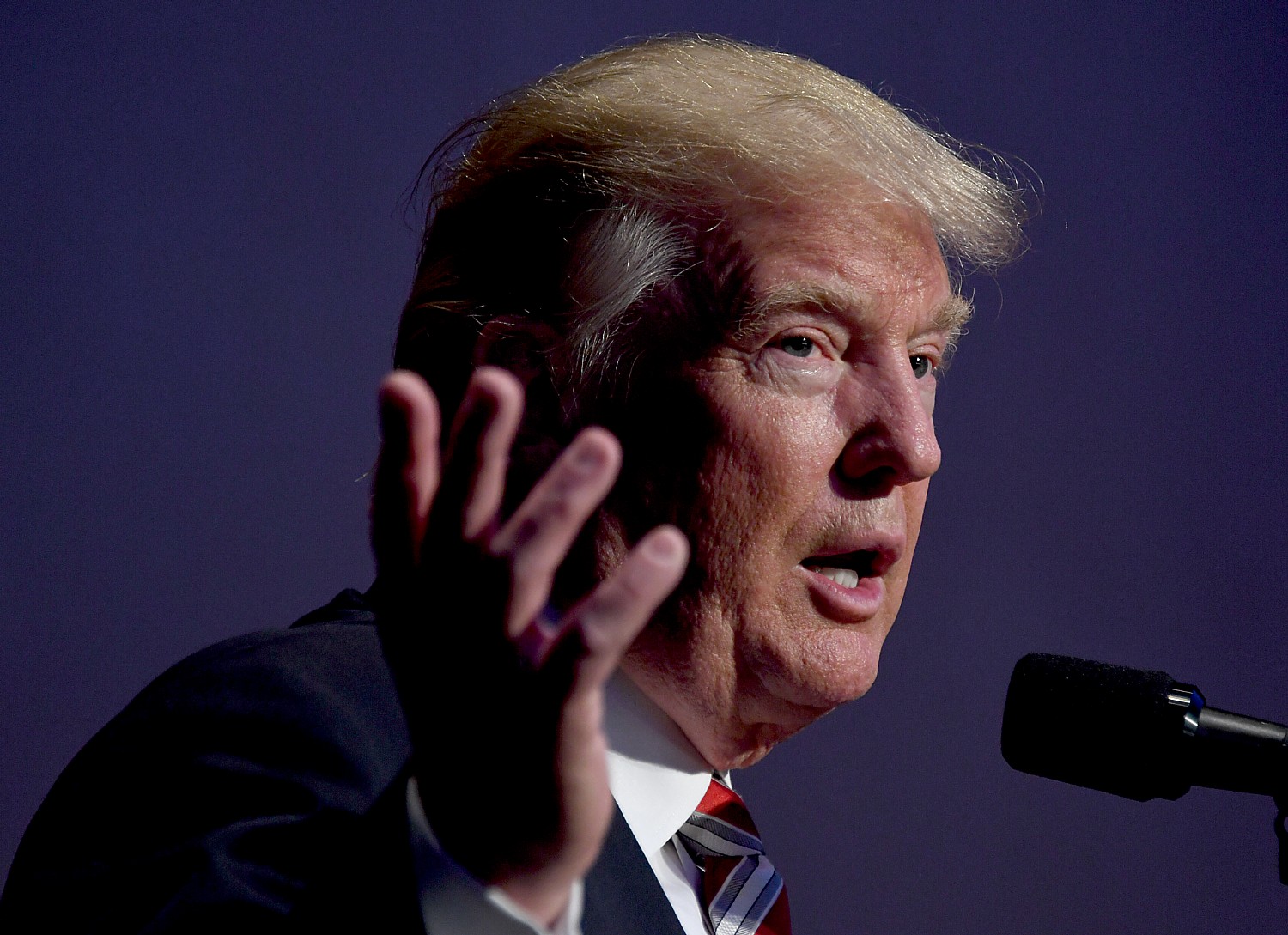
Donald Trump, in a speech in Cleveland on Sept. 8, unveiled four basic proposals as the underpinning of an education program that would stress school choice, a longstanding objective of the right wing, which is used to dismantle public schools in favor of privatized schools (such as charter schools), as a means of diverting public tax dollars into private and parochial schools as well as home-schooling, and a tool to dismantle teachers unions.
PROPOSAL: Trump says his first budget will immediately add an additional federal investment of $20 billion towards school choice. This will be done by repriortizing existing federal dollars. Specifically, Trump’s plan would use $20 billion of existing federal dollars to establish a block grant for the 11 million school age kids living in poverty. Individual states will be given the option as to how these funds will be used.
PROPOSAL: Trump will establish the national goal of providing school choice to every American child living in poverty. That means that we want every disadvantaged child to be able to choose the local public, private, charter or magnet school that is best for them and their family. Each state will develop its own formula, but the dollars should follow the student.
PROPOSAL: To achieve this long-term goal of school choice, Trump make this a shared national mission – to bring hope to every child in every city in this land. Mr. Trump will use the pulpit of the presidency to campaign for this in all 50 states and will call upon the American people to elect officials at the city, state and federal level who support school choice.
PROPOSAL: Trump will also support merit-pay for teachers, so that great teachers are rewarded instead of the failed tenure system that currently exists, which rewards bad teachers and punishes good ones.
“Our campaign represents the long-awaited chance to break with the bitter failures of the past, and to embrace a New American Future,” Trump stated.
“There is no failed policy more in need of urgent change than our government-run education monopoly.
“The Democratic Party has trapped millions of African-American and Hispanic youth in failing government schools that deny them the opportunity to join the ladder of American success.
“It is time to break-up that monopoly.
“I want every single inner city child in America who is today trapped in a failing school to have the freedom – the civil right – to attend the school of their choice. This includes private schools, traditional public schools, magnet schools and charter schools which must be included in any definition of school choice.
“Our government spends more than enough money to easily pay for this initiative – with billions left over. It’s simply a matter of putting students first, not the education bureaucracy.
“Let’s run through the numbers.
“At the state and federal level, the United States spends more than $620 billion on K-12 education each year. That’s an average of about $12,296 for every student enrolled in our elementary and secondary public schools.
“The federal government pays for about 10 percent—$64 billion, to be precise—of the K-12 costs. That $64 billion makes up about half of the total spending of the U.S. Department of Education.
“The other roughly $570 billion spent on K-12 education comes from the states.
“We spend more per student than almost any other major country in the world. Yet, our students perform near the bottom of the pack for major large advanced countries.
“Our largest cities spend some of the largest amounts of money on public schools.
“New York City spends $20,226 dollars per pupil.
“Baltimore spends $15,287 dollars per student.
“Chicago spends $11,976 dollars per student, and in Los Angeles it is $10,602.
“Just imagine if each student in these school systems was given a scholarship for this amount of money – allowing them and their family to choose the public or private school of their choice.
“Not only would this empower families, but it would create a massive education market that is competitive and produces better outcomes.
“These schools would then cater to the needs of the individual student and family – not the needs of the Teachers’ Union. There is no more important job than a teacher, and teachers will benefit greatly from these reforms.
“The current government monopoly, while great for the bureaucrats, has utterly failed too many students.
“According to the National Assessment of Education Progress, only 1 in 6 African-American students in the eighth grade are considered proficient in math and reading.
“Failing schools then contribute to failing economies.”
Trump declared, “As your President, I will be the nation’s biggest cheerleader for school choice. I understand many stale old politicians will resist. But it’s time for our country to start thinking big once again. We spend too much time quibbling over the smallest words, when we should spend our time dreaming about the great adventures that lie ahead.”
And in Charlotte last month, he said, “On education, we are going to give students choice, and allow charter schools to thrive…. overturn tenure…. my opponent wants to deny students choice and opportunity all to get a little more money from the education bureaucracy. She doesn’t care how many young dreams are dashed and destroyed, and they are destroyed, young people are destroyed before they even start. We are going to work closely with African American parents and children, wither the parents’ students, everybody in the African American community, in the inner cities, and what a big difference that will make.
But this is all a spiel and a scam – like his Trump University – to divert tax dollars into for-profit education companies, and into parochial schools (contradicting the Constitutional separation of church and state), and for good measure, undermine the Teachers Union, which has strongly backed Democratic candidates. That’s what is meant by the “education bureaucracy” and that’s why it has been so, so key to Republicans to end teacher tenure (and at the same time, make teachers subject to whim of firing when they get to expensive, or when they teach Evolution and refuse to teach Creationism as science).
This is his spiel, but how would his Education proposal work in real life? After all, it was George w. Bush, who as Texas Governor opposed President Bill Clinton’s effort to introduce national standards, but who as president, overturned public education with his No child Left Behind/Accountability federal control of public education, even promoting public shaming of teachers and public schools which did not meet the arbitrary and unfairly imposed testing regimen designed so that every public school and every public school teacher would fail.
HFA Statement in Response to Trump’s Education Speech Today in Cleveland
In response to Trump’s dangerous education proposals announced during his speech today in Cleveland, HFA Senior Policy Advisor Maya Harris offered the following statement:
“It’s no surprise that Donald Trump—whose only experience when it comes to education is his fraudulent ‘Trump University’—offered education policies that would prove disastrous for our public schools, our educators, and most importantly, our kids. Let’s be clear: Trump’s proposal to apparently gut nearly 30 percent of the federal education budget and turn it into private school vouchers would decimate public schools across America and deprive our most vulnerable students of the education they deserve.
“Hillary Clinton believes that the public school system is one of the pillars of our democracy. As president she will fight to strengthen our public schools to ensure every student receives a world-class education, regardless of their ZIP code.”
Donald Trump’s proposal, explained:
TRUMP: “[U]se $20 billion of existing federal dollars to establish a block grant for the 11 million school age kids living in poverty.”
EXPLAINER: A more extreme version of past Republican proposals, Trump’s plan would apparently eliminate the targeting of federal dollars to schools and districts with the highest concentrations of low-income students. Instead, he would turn over all $15.4 billion in Title I funding to states, and allow money to follow students outside of the public school system to private or parochial schools.
- Trump’s proposal could strip funding from up to 56,000 public schools serving more than 21 million children. By allowing funding to leave America’s 56,000 Title I schools, Trump’s proposal will put crucial funding at risk for nearly 21 million American students.
- Trump’s proposal might only serve 1.4 million students, while stripping funding from the other 10.5 million low-income students in America. Trump’s proposal would serve no-where near 11 million students. The average cost of a K-12 private school is $13,640 per student, per year. Since thevast majority of states do not support private school vouchers, Trump’s proposal would have to carry the full cost of attendance. As a result, Trump’s proposal might only serve 1.4 million students, while taking away funding that serves America’s low-income schools.
- Trump’s proposal could have a devastating impact on student achievement. Research shows that students who attend schools using vouchersoften do worse than those who stayed in their neighborhood public schools.
- To fund his $20 billion voucher program, Trump would have to cut all Title I funding and $5 billion dollars in additional federal education programs. Trump would need to “repurpose” roughly $5 billion in annual education funding which currently supports programming such as preschool, Pell grants, and crucial resources to help low income students, students with disabilities, and English-language learners.


